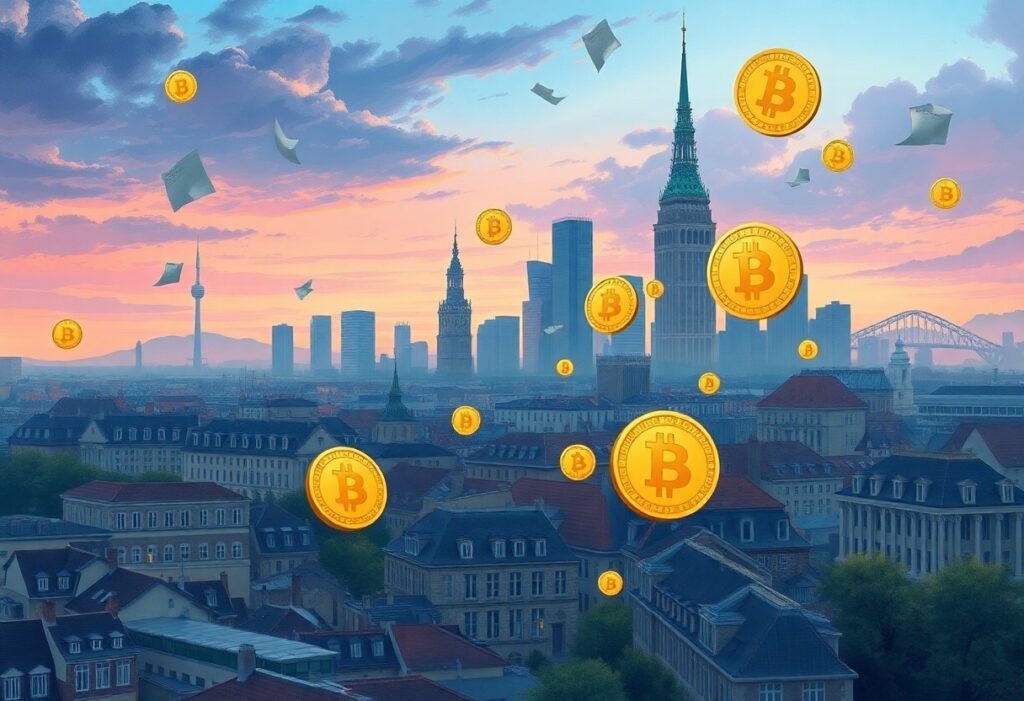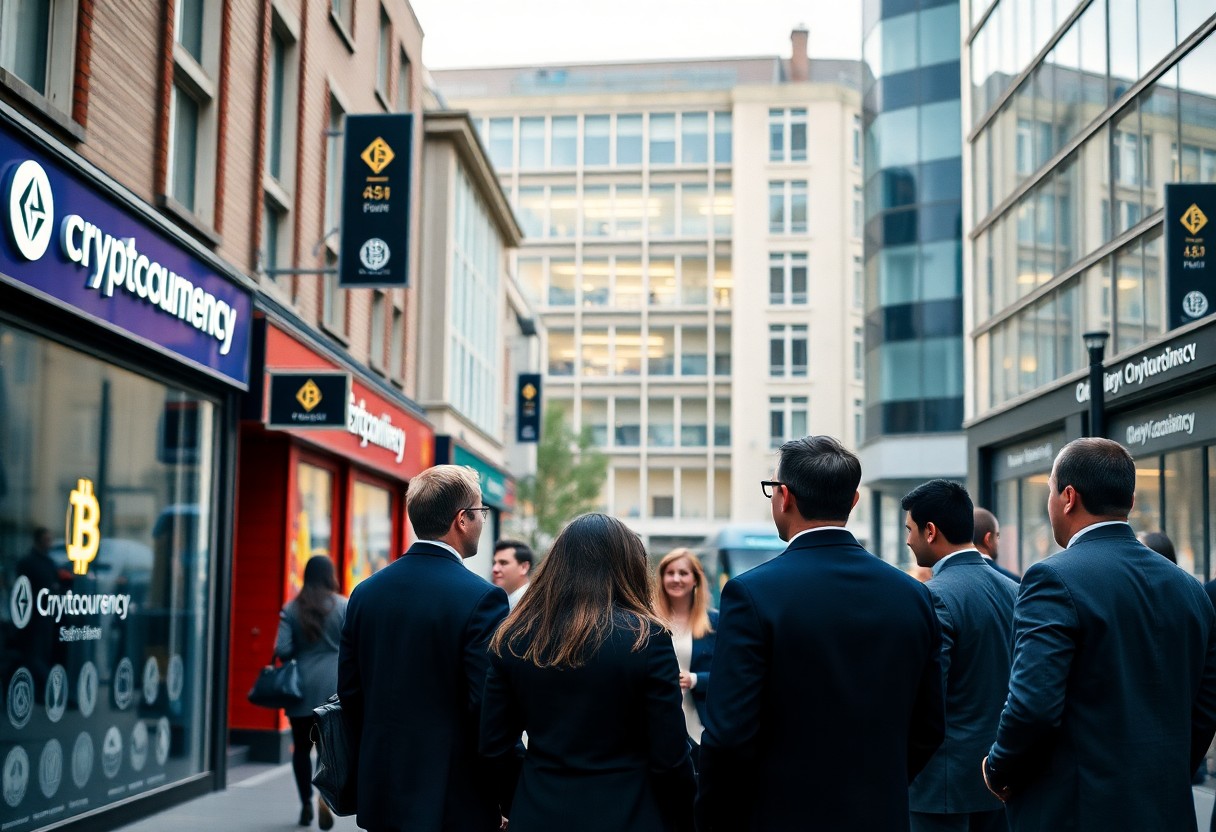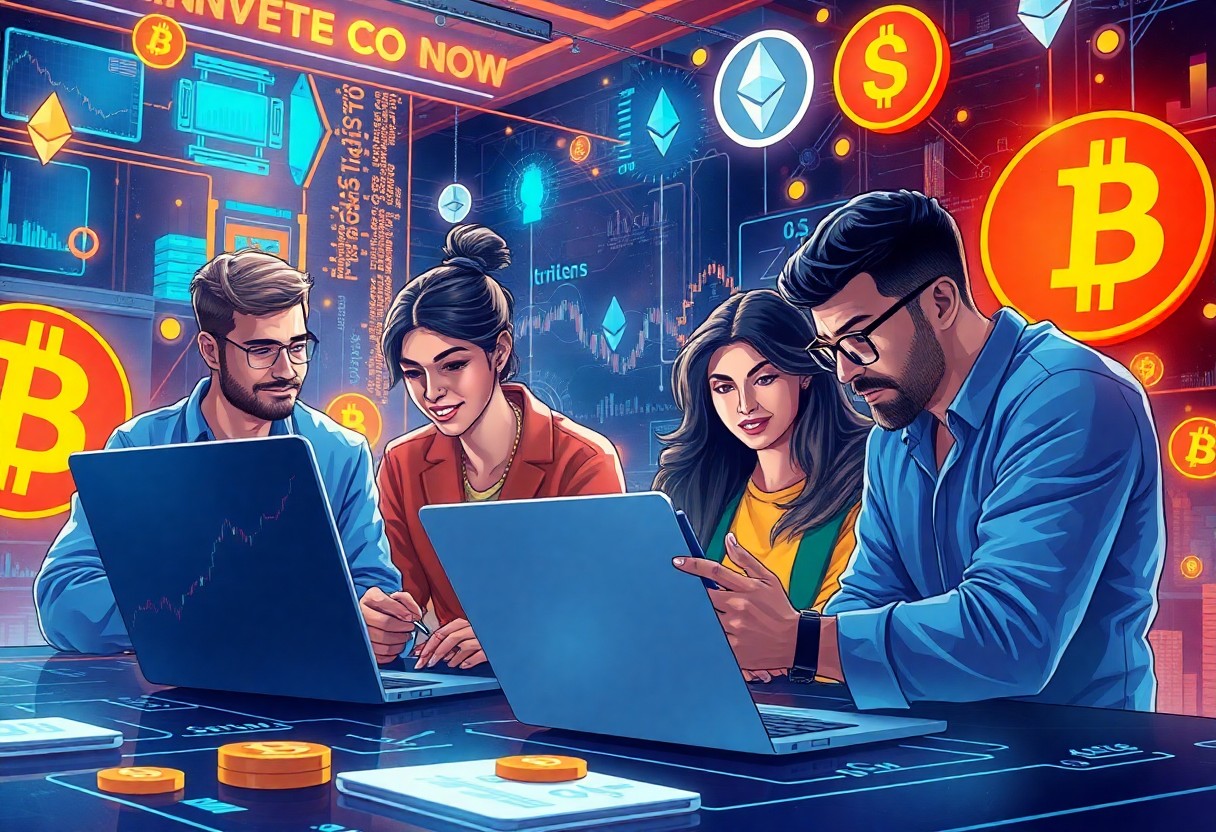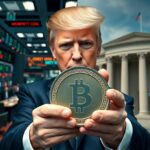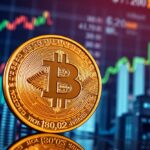Now Reading: What Does The Future Hold For The NFT Market Trends In The Context Of Evolving Global Crypto Regulations?
-
01
What Does The Future Hold For The NFT Market Trends In The Context Of Evolving Global Crypto Regulations?
What Does The Future Hold For The NFT Market Trends In The Context Of Evolving Global Crypto Regulations?
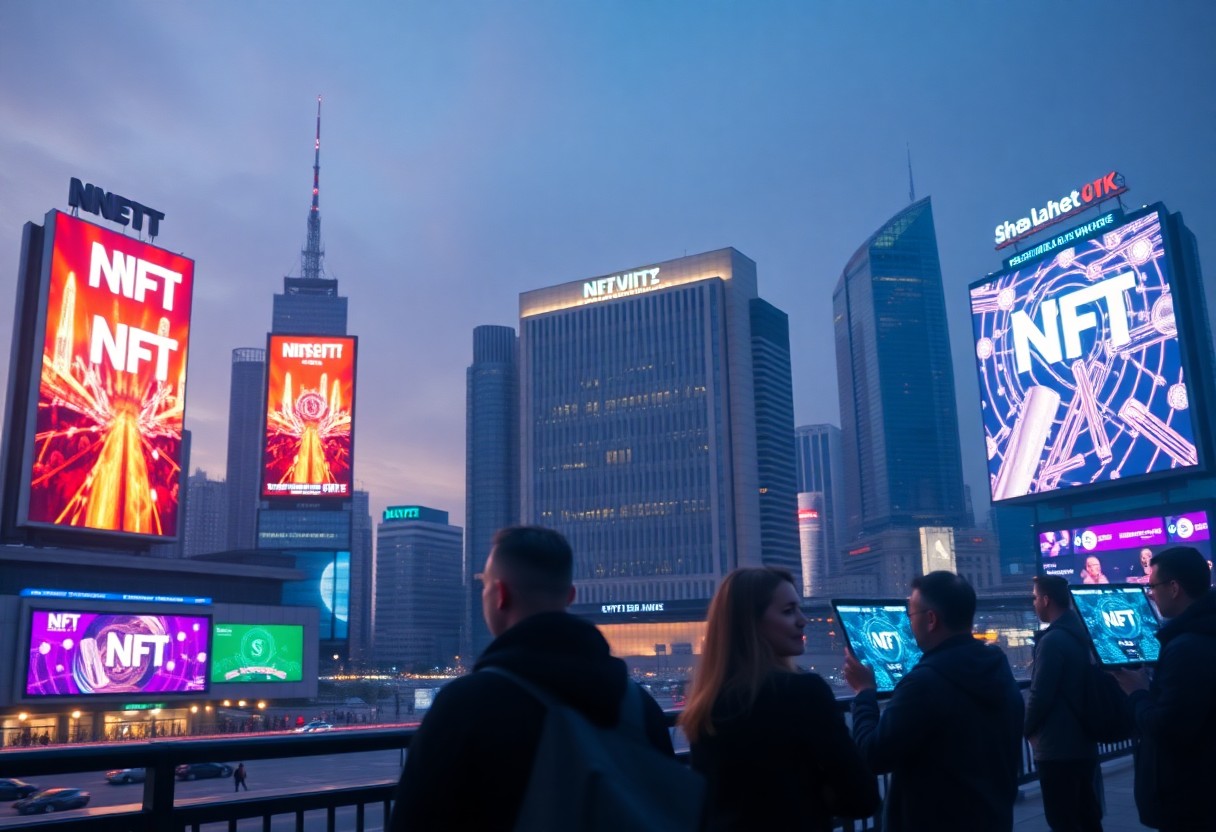
Over the next few years, you might witness significant shifts in the NFT market, especially as global crypto regulations evolve. These changes could lead to both opportunities and challenges for creators and investors alike. Understanding how these regulations may reshape your involvement in NFTs will be necessary to navigating this dynamic landscape. As you explore this topic, check out The Evolution of NFTs: From Hype to Long-Term Utility in … for deeper insights into what’s on the horizon.
Key Takeaways:
- Regulatory Clarity: The future of the NFT market is likely to be influenced by clearer regulatory frameworks established globally, which can enhance investor confidence.
- Market Maturation: As regulations develop, the NFT market may experience maturation, leading to increased standards for quality and legitimacy in NFT projects.
- Increased Adoption: With evolving guidelines, traditional industries may adopt NFTs more broadly, enhancing their use cases beyond digital art and collectibles.
- Impact on Speculation: Stricter regulations may dampen speculative buying in the NFT space, resulting in a more stable market driven by utility and demand.
- Global Collaboration: Ongoing globalization of crypto regulations may foster international collaboration, impacting how NFTs are bought, sold, and traded across borders.
The Rise of NFTs: A Brief Overview
A
the exciting world of Non-Fungible Tokens (NFTs), you’ll find a revolution that has reshaped the digital landscape. These unique digital assets have gained immense popularity, allowing you to own a piece of art, music, or even virtual real estate like never before. By tapping into blockchain technology, NFTs offer authenticity and ownership, providing an innovative way to connect with creators. If you’re curious to explore more, check out The Future is Here, NFTs Rule – LEED Initiative for insights on how this trend is evolving in the context of regulations.
Current Trends in the NFT Market
To understand the evolving landscape of the NFT market, you should pay attention to the latest trends. From increased mainstream adoption to a focus on sustainability and utility, innovations are reshaping how NFTs are perceived and used. For a deeper dive, check out NFT Market Trends to Look Out In 2024 to keep updated on the most impactful shifts.
Popular Platforms and Their Growth
Along with the surging interest in NFTs, several platforms have emerged as leaders in the marketplace. Each platform offers unique features tailored to different audiences, fueling competition and growth. You might find platforms like OpenSea and Rarible dominating, while new challengers are constantly innovating to capture your attention.
Emerging Artists and Collectors
About the dynamic between emerging artists and collectors, you will notice a vibrant exchange that’s taking shape. Up-and-coming artists are gaining recognition through NFTs, allowing them to showcase their work to a global audience. Collectors are seizing opportunities to support these talents while expanding their digital portfolios.
It’s fascinating to see how emerging artists now have platforms to share their creativity directly with you, the collector. This direct connection fosters a community spirit and presents unique opportunities to discover new talent. For you, investing in these artists can lead to the discovery of undervalued art, while artists can find financial support and recognition without traditional gatekeepers. However, as in any market, it’s vital to assess the potential gains and risks before diving in.
Understanding Global Crypto Regulations
Some of the most significant conversations around the future of NFTs involve global crypto regulations. As cryptocurrencies and digital assets gain recognition, nations are grappling with how to effectively regulate the market. This ongoing development can impact your investment strategies and the overall stability of the NFT market.
Key Regulatory Bodies and Their Roles
The array of regulatory bodies worldwide plays a pivotal role in shaping the landscape of cryptocurrencies. Institutions such as the Financial Action Task Force (FATF), U.S. Securities and Exchange Commission (SEC), and various central banks work diligently to outline compliance measures that guide how digital assets function and how you can safely engage with them.
Impacts of Regulation on Crypto and NFTs
With regulations shaping the crypto market, your engagement with NFTs may shift significantly. You might experience changes in how you trade or invest, potentially increasing investor confidence while also introducing restrictions that could affect liquidity.
In fact, the impact of regulations on crypto and NFTs can lead to a blend of opportunities and challenges. While you’re likely to see benefits like enhanced security measures and clearer legal frameworks, there are also risks in compliance costs and possible limitations on trading practices. It’s important to stay informed and adapt your strategies to navigate this evolving landscape, ensuring you’re making well-informed decisions that align with the regulatory environment.
Predictions for the Future of NFTs
Keep an eye on the evolving NFT landscape as it embraces new technologies and adapts to global regulations. As the market matures, you might see a diverse range of applications, from digital art to real estate, creating opportunities for both creators and investors.
Market Adaptations in Response to Regulations
An increasing clarity in global crypto regulations will prompt NFT platforms to enhance compliance measures. You can expect stricter verification processes and transparency standards, shaping an environment where trust and security are prioritized in your NFT transactions.
Potential Innovations and Evolving Use Cases
After the regulatory frameworks strengthen, NFTs will likely evolve into more innovative uses beyond digital art, expanding into sectors like gaming, music, and even identity verification. This evolution could pave the way for enhanced utility and broader acceptance, making NFTs a staple in various industries.
Also, as NFTs gain traction, you may encounter intriguing innovations such as fractional ownership, allowing you to invest in high-value assets by purchasing shares of an NFT. Furthermore, the integration of smart contracts could streamline royalties for artists, ensuring that creators receive fair compensation every time their work is sold. This landscape offers promising opportunities for you to engage with NFTs in ways that are not only exciting but also beneficial to your portfolio and the community at large.
Challenges Facing the NFT Market
Not everything is rosy in the NFT market, as you may face several challenges. Issues surrounding volatility, limited mainstream adoption, and the complexity of blockchain technology can make navigating this space difficult. If you wish to invest or create NFTs, it’s imperative to familiarize yourself with these hurdles and stay updated on market trends.
Addressing Environmental Concerns
Beside the financial aspects, the environmental impact of NFTs is becoming a hot topic. You might be concerned about the energy consumption of blockchain networks, particularly in minting and trading NFTs. As the community strives for more sustainable practices, exploring eco-friendly platforms and solutions can help you engage with NFTs responsibly.
Combating Fraud and Ensuring Security
Challenges in the NFT space also include fraud and security risks. As an NFT collector or creator, you must be vigilant to avoid scams that can jeopardize your investments. Protecting your assets involves using reputable platforms, verifying artwork authenticity, and utilizing secure digital wallets to minimize exposure to potential threats.
The landscape of NFTs is riddled with its share of risks, which can be daunting for newcomers like you. Instances of plagiarism and counterfeit digital assets have raised alarm bells, making it imperative for you to take proactive steps. Engaging with verified artists and platforms not only enhances your experience but also contributes to a safer NFT ecosystem. By fostering awareness around cybersecurity measures and educating yourself about potential pitfalls, you can confidently navigate the fascinating world of NFTs while safeguarding your investments.
Opportunities in the Evolving Landscape
After examining the changing regulatory environment, you’ll find that the NFT market is ripe with opportunities. As jurisdictions start to clarify their stances on cryptocurrencies and digital assets, you can expect innovation and investment to flourish in this space. This evolving landscape presents unique advantages for creators, collectors, and investors alike, all eager to tap into the potential that NFTs hold in a regulated world.
New Market Niches and Investment Avenues
After the regulatory landscape evolves, you might notice fresh market niches emerging that spotlight innovative NFT applications. These new avenues can range from digital real estate to tokenized art, enabling you to diversify your portfolio and explore previously untapped sectors. As regulations become clearer, you can confidently invest in these burgeoning areas that align with your interests and aspirations.
Collaborations Between Industries
To capitalize on the advancements in NFT technology, many industries are starting to form strategic partnerships. These collaborations can lead to exciting ventures that blend art, technology, entertainment, and more. By engaging with various sectors, you can unlock innovative projects that drive growth and create a more interconnected ecosystem.
The increasing interest in collaborations between industries invites you to explore what’s being created across different fields. When art meets technology through NFTs, or fashion intersects with gaming, these partnerships can lead to unique experiences and new revenue streams that are beneficial for all parties involved. Such alliances not only enhance the value of NFTs themselves but can also provide you with broader opportunities for participation and engagement in the market. Staying informed about these collaborations can help you identify lucrative prospects before they become mainstream.
Conclusion
As a reminder, the future of the NFT market will likely be shaped by evolving global crypto regulations, influencing how you engage with digital assets. You can expect growing clarity and security around transactions, which may enhance your confidence in investing and participating in this innovative space. Staying informed about regulatory shifts will be key to navigating these changes effectively, allowing you to seize new opportunities as the NFT landscape evolves.
FAQ
Q: What are the current trends in the NFT market as regulations evolve globally?
A: As global crypto regulations evolve, NFT market trends are shifting towards greater transparency and compliance. We see an increasing number of platforms implementing KYC (Know Your Customer) measures and anti-money laundering protocols. Additionally, there’s a growing emphasis on intellectual property rights and provenance, leading to more secure and verifiable NFT transactions. These factors contribute to a more robust market that attracts traditional investors and organizations looking to enter the space.
Q: How might regulatory changes impact NFT prices?
A: Regulatory changes can significantly impact NFT prices by fostering confidence in the market. As regulations provide a clear framework, buyers and sellers may be more willing to engage, leading to increased demand and potentially higher prices. However, if regulations are overly restrictive, they could dampen market activity, resulting in price stagnation or decline. The net effect will ultimately depend on how well regulations balance investor protection and market growth.
Q: Will NFT platforms need to adapt their business models due to evolving regulations?
A: Yes, NFT platforms will likely need to adapt their business models in response to evolving regulations. This might include integrating compliance measures such as user verification, reporting transactions, and securing legal assurances for the assets they sell. Platforms may also explore new revenue streams, such as subscription services or tokenized equity, to accommodate changes and ensure sustainability under regulatory scrutiny.
Q: How do global regulations influence the creation and ownership of NFTs?
A: Global regulations influence NFT creation and ownership by establishing clearer guidelines around intellectual property rights, ownership transfers, and taxation. In a more regulated environment, creators may feel more secure about their rights, leading to a more vibrant creator economy. Conversely, uncertainty over ownership rights in unregulated spaces can deter artists and investors alike. Clear regulations can thus catalyze growth and innovation within the NFT space.
Q: What is the potential future of the NFT market with the advent of stricter regulations?
A: The potential future of the NFT market with stricter regulations could lead to a more professional and credible ecosystem. As compliance becomes standard, mainstream adoption may increase, and institutional investments could rise, legitimizing NFTs as a financial asset class. However, it may also result in the exit of smaller, non-compliant players, leading to market consolidation. In the long run, a thoroughly regulated market could drive innovation and open doors for new use cases beyond digital art, such as gaming, music, and virtual real estate.













